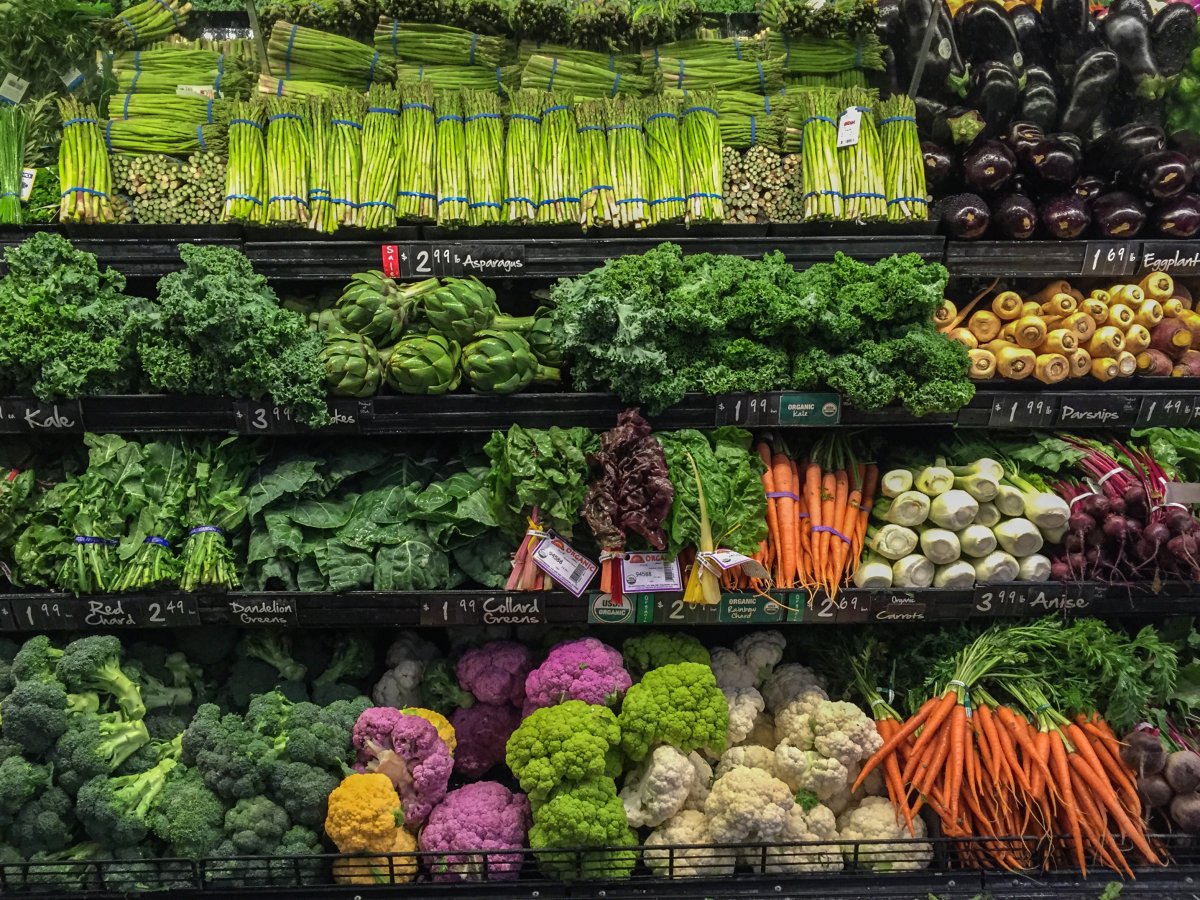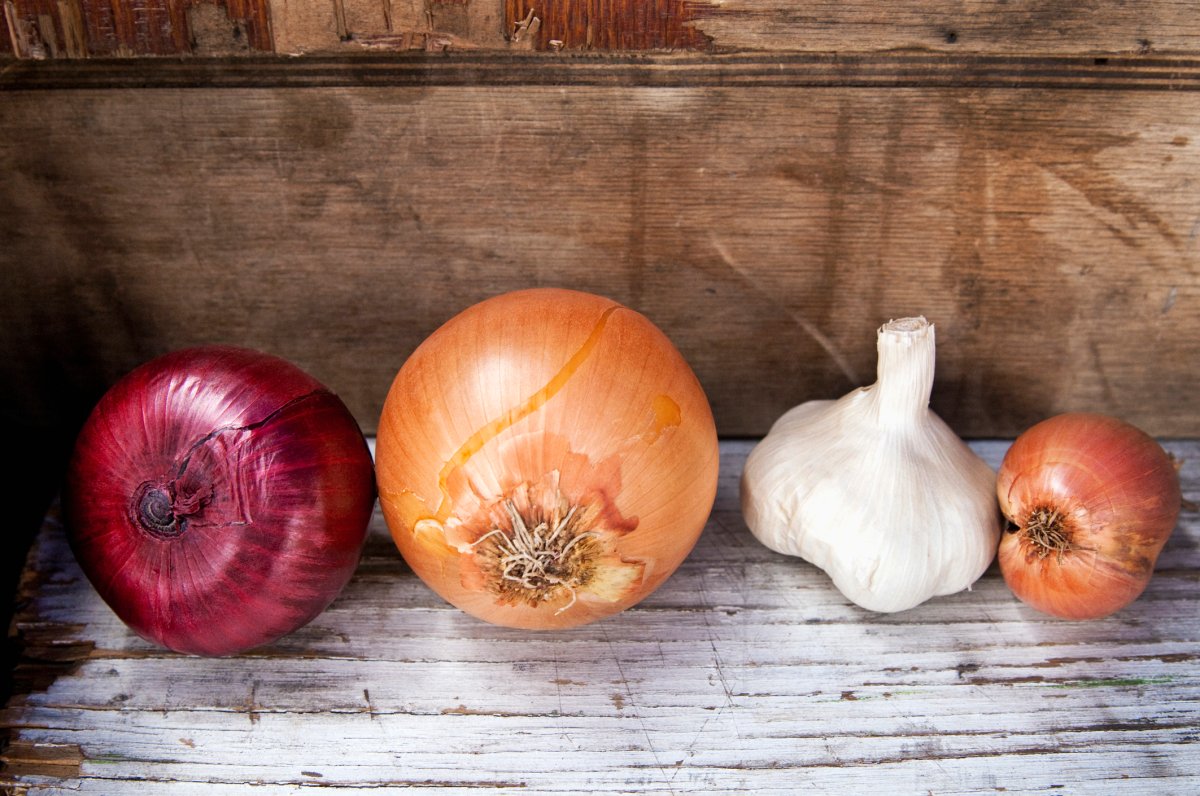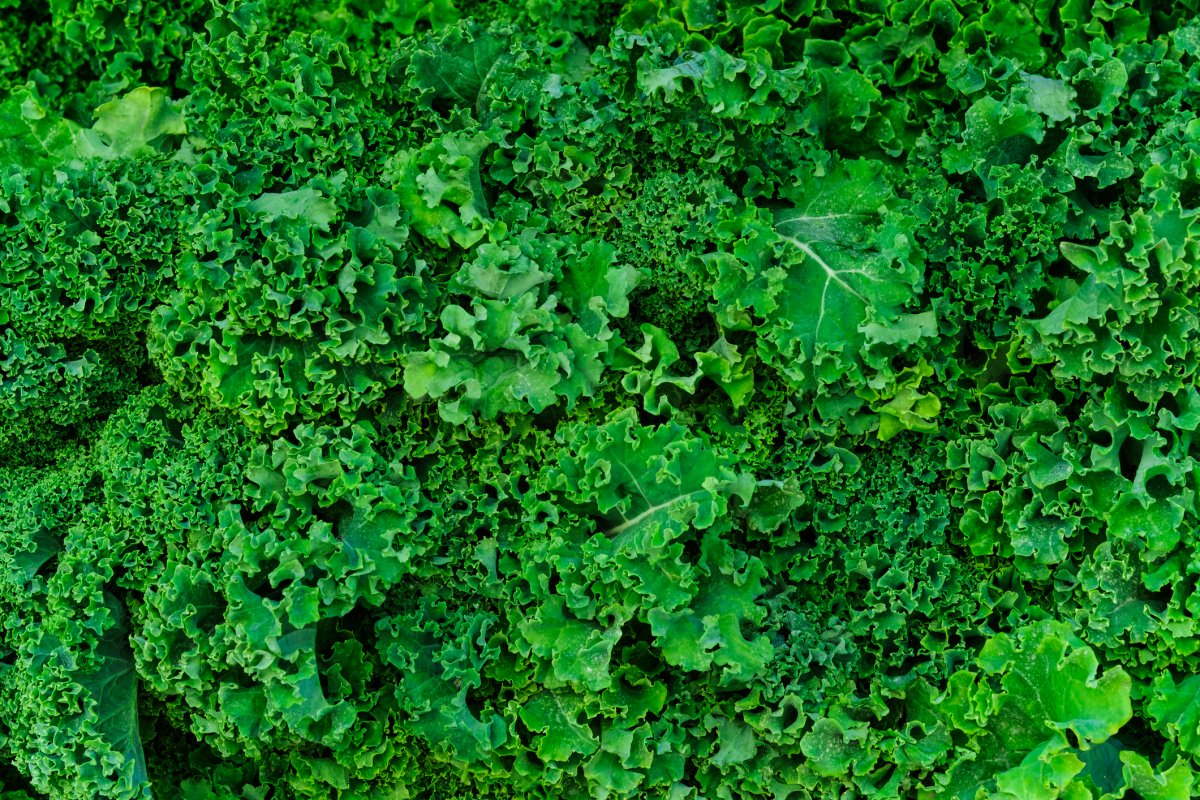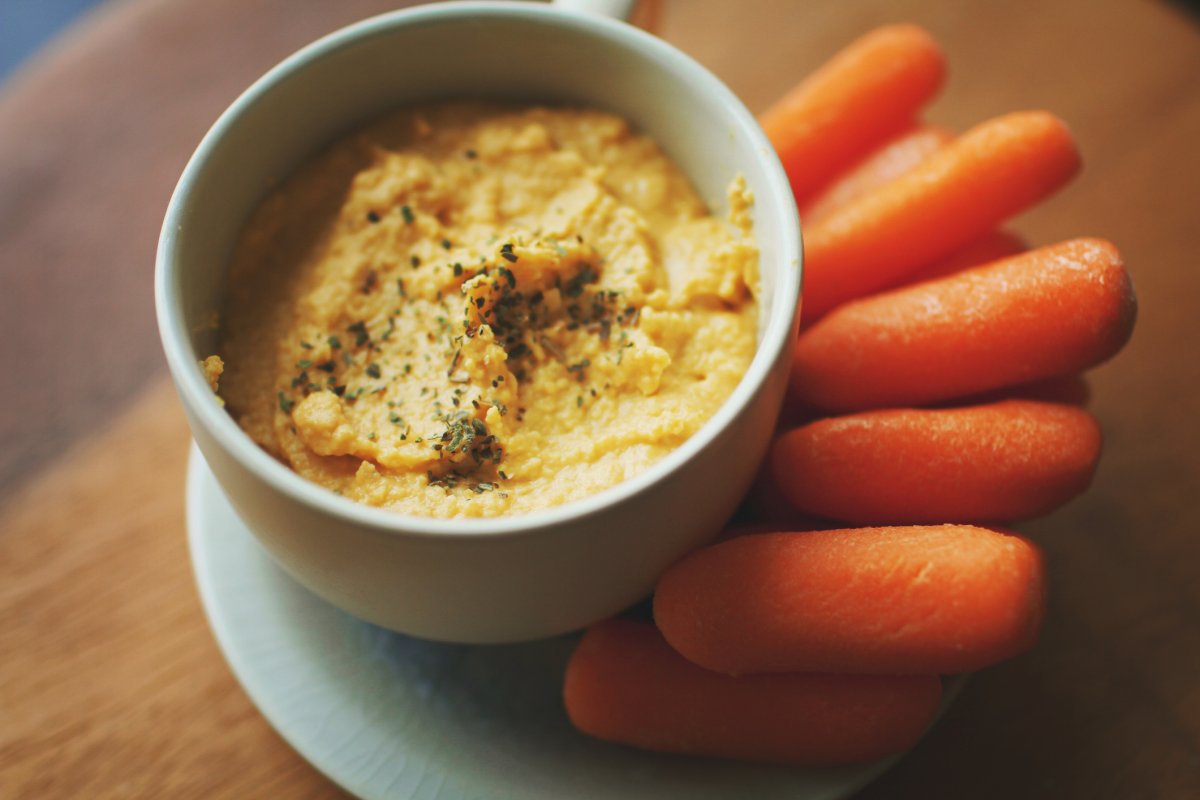Eating healthy and saving money often tend to be on people’s New Year’s resolution lists, but when you’re trying to do both, it’s best to go into the grocery store with a game plan.

According to a report by Global News in 2017, groceries for a family of four cost an average of $220 a week.
The math was based on a sample family that included a couple aged 31 to 50, one teenager and one child between four and eight.
Generally, a household’s food budget should take up no more than 15 per cent of the household income.
“To keep grocery budgets in check, the smartest strategy is to buy simple ingredients for scratch cooking,” says registered dietitian Desiree Nielsen of Vancouver. “Avoid pre-made snack foods, dips, dressings and sauces.”
READ MORE: Best and worst diets of 2018 — here’s how to get started
She adds people typically overspend at the grocery store because they want convenience, but end up overpaying for items they can cook themselves at a cheaper price.
“It really doesn’t take too long to wash some spinach, make a basic vinaigrette or pull the skin off chicken if need be,” she continues. “And, we fall prey to impulse purchases like snack foods and fancy drinks … make your meal plan, make your shopping list and stick to it.”
Making a budget
Neilsen says whatever your grocery shopping budget is (for the purpose of this piece, we have a $50 weekly budget for a single-person household), it needs to fit the finances you actually have.
“I also encourage people to look deeper into their spending as a whole,” she says. “Do they feel their grocery budget is limited, but spend $5 to $10 at the coffee shop daily?”

She also recommends sticking with in-store brands — in Canada, some popular ones include President’s Choice, Compliments and No Name — and avoid buying food with “functional” ingredients.
“Often, the tiny sprinkle of probiotic or omega 3 in a food won’t do much for your health but you pay a hefty price premium.”

Get weekly health news
Below, we break down a grocery list with a budget of $50 — of course, this can change depending how many people you have in your household as well as where you live in Canada. The prices of these items can also change depending on where you live.
Whatever your budget is (you are free to use this list as a guide), make sure you keep meal planning in mind.
“I definitely think $50 is manageable as long as people are committed to scratch cooking and keeping a small rotation of basic food.”
READ MORE: How much does a week of groceries cost in Canada? We crunched the numbers
Condiments and flavours
Lemons and limes
Onions and garlic
Whole flaxseed
Fresh ginger
Tahini
Nielsen says whole flaxseed can be ground at home and is a cheap way to get omega 3. Tahini, on the other hand, can be used for a variety of things: smoothies, sauces and dressings.
Protein and dairy
“When buying meats, buy bone in, skin on … you trade cost for convenience. Buy tougher cuts of meat that require long slow cooking processes,” she says. And since dried beans take longer to cook, do a weekend batch cook.
“Freeze whatever you won’t use in the next few days into recipe-sized portions.”
Also, this list includes a variety of protein options, choose a couple that fit your diet.
READ MORE: How much of your budget should you spend on groceries?
Fruits and vegetables
Simple fruits: apples or pears, bananas, oranges
Leafy greens: kale, spinach, collards, chard
Two root veggies: carrots, parsnips, celeriac, rutabaga, turnips plus either red potatoes or sweet potatoes
Frozen berries
Canned tomatoes
When buying fruits, aim for two servings a day. When buying leafy greens, Nielsen says buy greens on special and don’t buy anything baby or pre-washed — these tend to be pricier.
Grains
Bulk oats
Brown rice
Whole wheat spaghetti
Whole grain bread
Whole wheat flour
Grains typically last more than a week for a single-person household. Focus on meal planning — if you don’t plan on cooking pasta once a week, you don’t need to add it to your weekly grocery list.
Meal ideas
And with these grocery items, Nielsen has also come up with some meal ideas for the week. We also encourage shoppers to take full advantage of leftovers.
Snacks:
Hummus and veggies
Yogurt with toasted pear
Mini frittata
Berry flax muffins
Fruit
— With files from Erica Alini












Comments